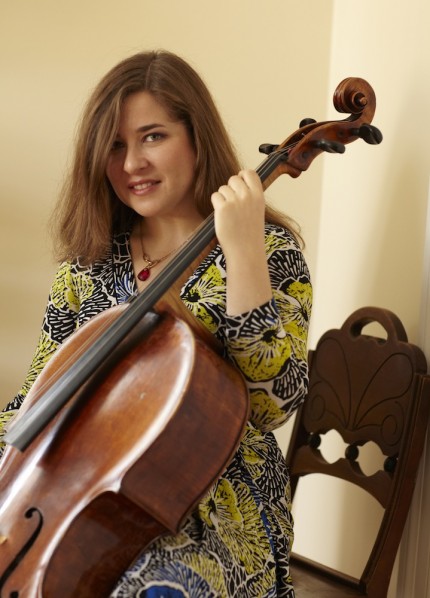Philharmonic Biennial program serves up a wide range of composers

Andrew McManus’s “Strobe” had its world premiere at the New York Philharmonic’s Biennial concert Friday night.
Addressing the audience at Avery Fisher Hall on Friday night, in between the world premiere of Strobe by 29-year-old Andrew McManus and the New York debut of Elliott Carter’s final orchestral piece, conductor Matthias Pintscher observed, “It’s wonderful to have a very young composer next to a very old composer.”
The New York Philharmonic’s first Biennial has provided such juxtapositions in its inaugural survey of contemporary music, though the conclusions that an observer can draw from these comparisons are less clear.
The most ambitious part of Friday’s concert came from the circumstances surrounding its first work, McManus’s Strobe. This piece, selected to open the concert merely three days earlier, was chosen from a field of more than 400 works submitted in an open call. With the participation of the American Composers Orchestra’s EarShot program, six of the 400 works were read by music director Alan Gilbert and the Philharmonic on June 3. Three of those, including Strobe, were chosen to receive premieres during the Biennial.
McManus, who is pursuing a Ph.D. at the University of Chicago, alludes to strobe lighting and the electronic dance music that often accompanies it in his notes for the work. Constant interruptions by blaring trumpets and percussive strikes pepper the 10-minute piece, causing jolting pauses throughout.
This sometimes creates a lurching effect, but allows McManus to quilt together disparate sounds into a cohesive and compelling whole. Beginning with the sounds of pealing bells, the work gives way to a driving rhythm section. Later, a sonorous theme intoned by the oboes is disrupted with a blast of brass. In one particularly engaging moment halfway through the work, the trumpet, piano, and snare drum crescendo together in a jazzy motif that quickly evaporates into a barely audible web of strings. They continued the gesture twice more, each time more muted than the previous one.
Carter’s Instances, written for the Seattle Symphony and dedicated to its music director, Ludovic Morlot, followed. Carter was 103 when he wrote the work, and it carries the trademark of the composer’s late style. A study in orchestral textures, it playfully engages elements of the orchestra in fleeting solos or brief encounters, with softer and more rounded edges than his earlier works. Pintscher, who asked the audience to connect their own dots and color in the spaces in between Carter’s pointillist score, brought a succinct crispness to the New York premiere. He drew focused playing from constellations of individual parts—a pluck of the violin, a squiggle from the contrabassoon, a strike to a snare drum—while extracting lush overall sound, especially from the strings.
The second half of the program was dedicated to the New York premiere of Pintscher’s own Reflections of Narcissus, a five-movement suite for cello and orchestra based upon his 1992 chamber work, The Metamorphosis of Narcissus. It is inspired by the myth of the self-absorbed Narcissus, who couldn’t tear himself away from his reflection, and the nymph Echo, doomed to only say the words of others.
Played without pause, each movement presents a different reflection, which are often apparent in tightly knit duets where the soloist and the orchestra’s principal cellist mirror each other. These moments arise from a watery landscape with rippling effects in the strings and woodwinds, to a tumultuous cacophony of shattering brass and cymbals, to spectral clouds of eerie sustained high notes. Pinscher, who was conducting from a score, led a liquid account, seamlessly linking the sections together into what seemed like one continuous movement.
The young MacArthur award-winner, Alisa Weilerstein elicited a variety of colors from the solo cello part. In the first movement, her wistful playing alternated between weaving into the orchestra and oscillating above it, and she produced impressively athletic, spidery glissandos in the fourth movement cadenza. Carter Brey, the Philharmonic’s principal cellist, provided sensitive accompaniment as her counterpoint.
As the concert ended, one wondered whether it was also a preface. During his remarks, Pintscher announced that Weilerstein has just commissioned a new cello concerto from him that will be premiered in Boston in two years. Perhaps this new composition will also find its way onto the program for the second New York Philharmonic Biennial.
The final program of the Biennial will take place 8 p.m. Saturday and offer Christopher Rouse’s Symphony No. 4, Peter Eötvös’s DoReMi with Midori and Max Grafe’s Bismuth: Variations for Orchestra. nyphil.org.



